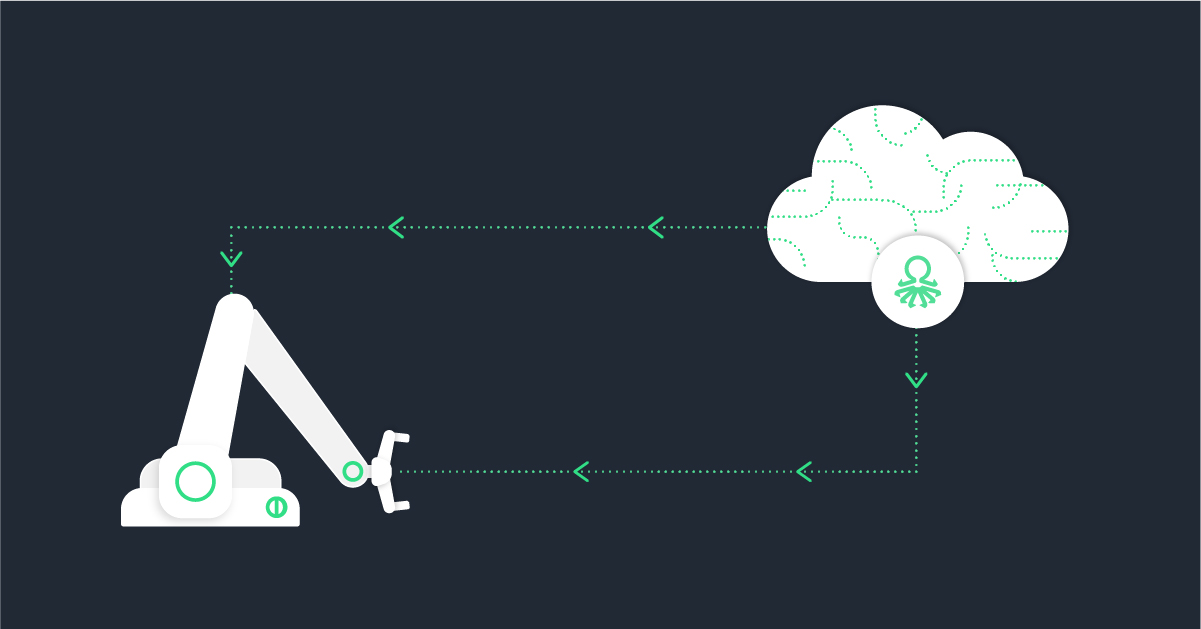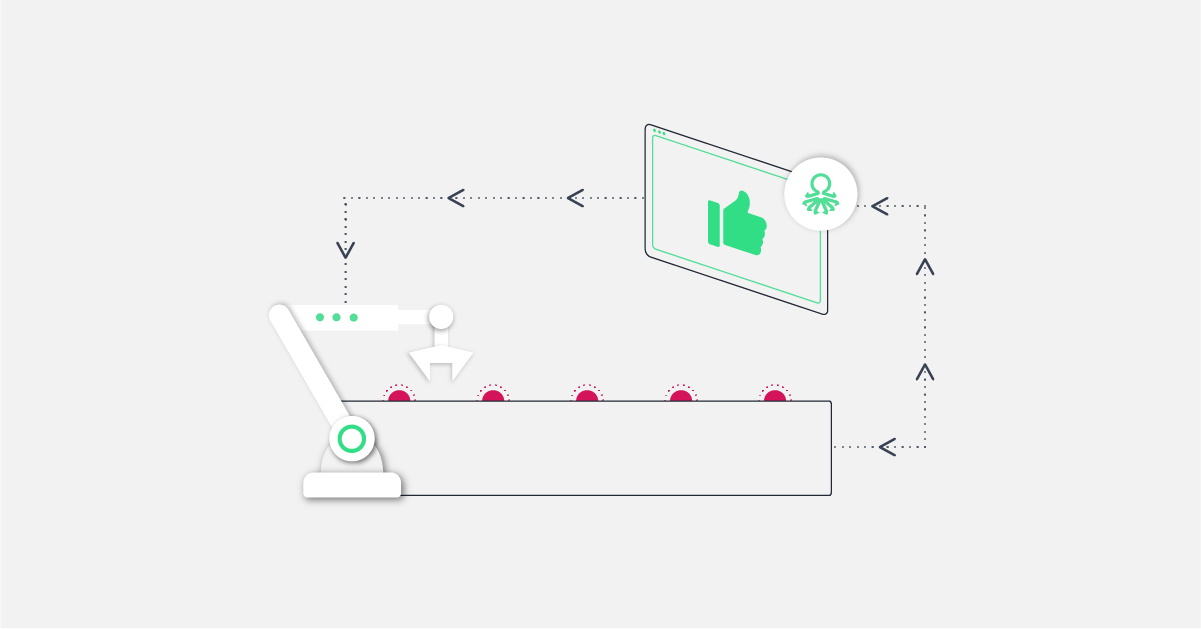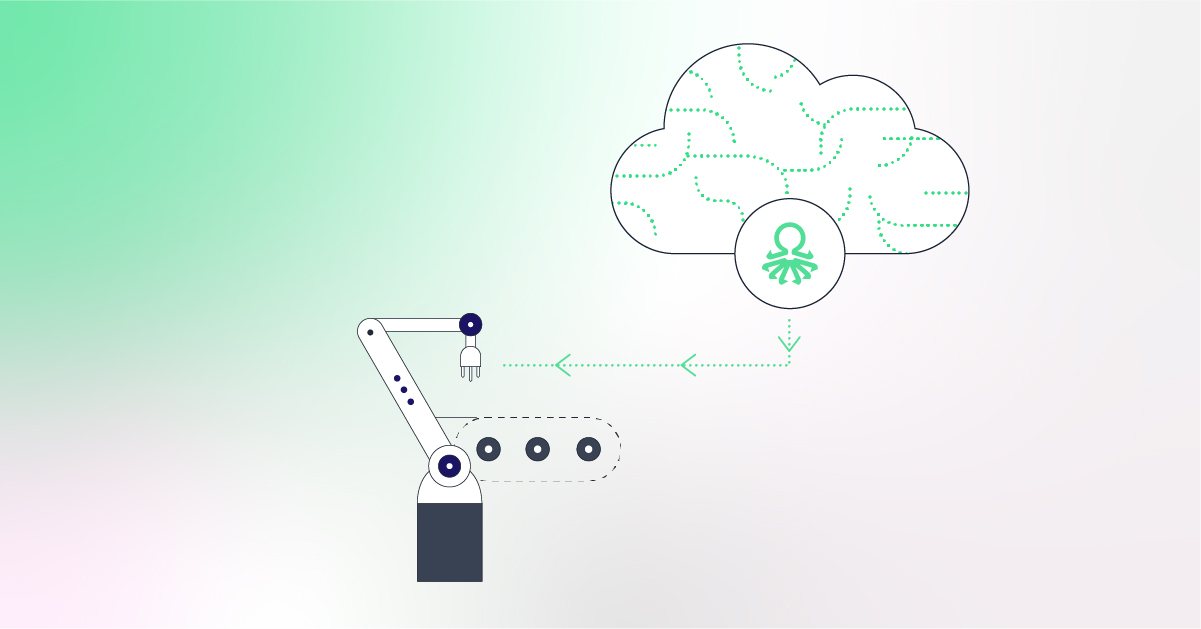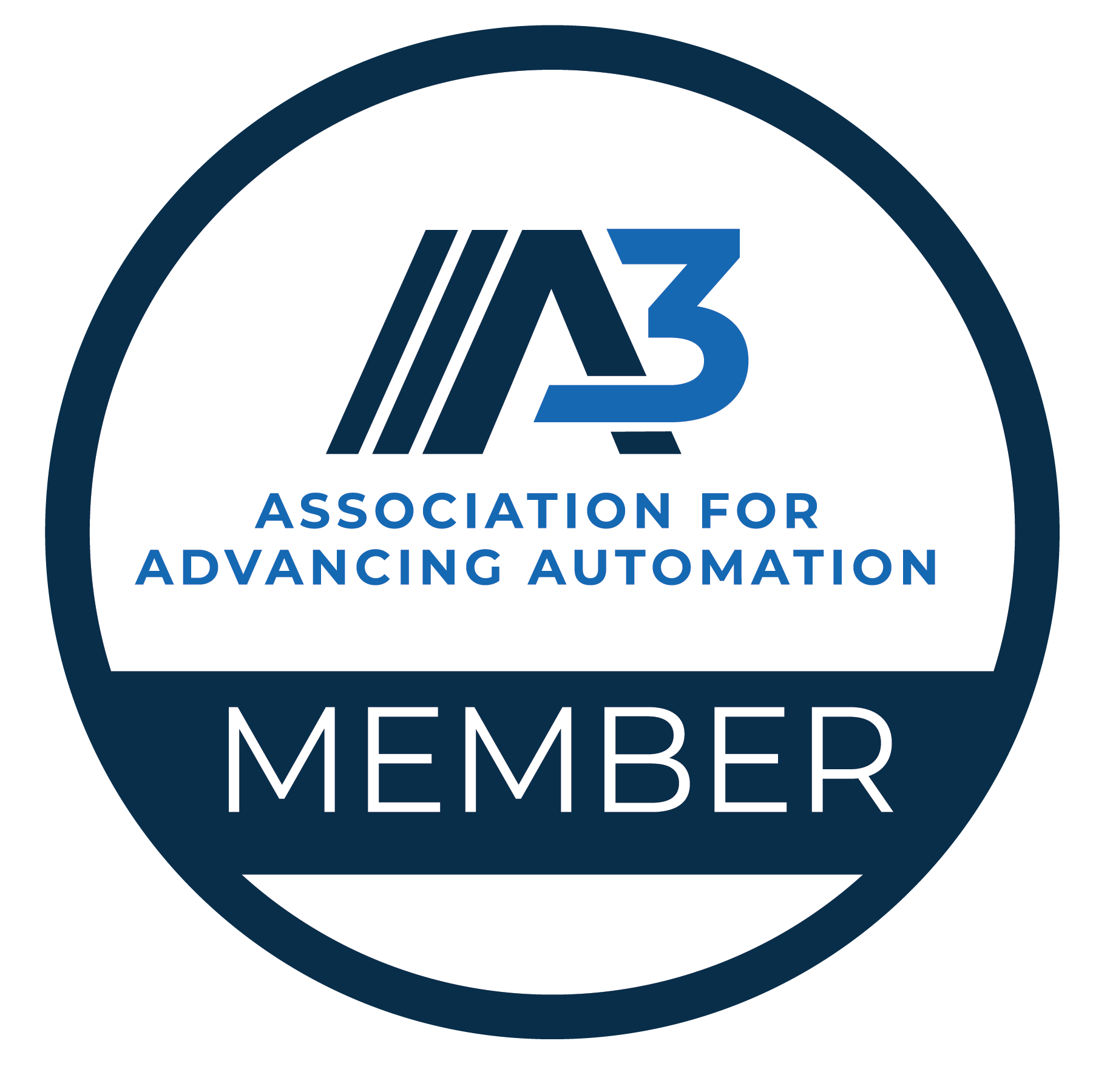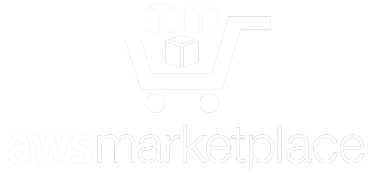You’ve probably heard that you can get more out of your production lines with manufacturing analytics. According to a recent McKinsey article, “Leading manufacturers are now realizing significant value from data and analytics, AI, and machine learning (ML).”
Certainly, AI and analytics seem to hold the key to transforming your business, promising better throughput, quality, yield, and margins, as well as less waste and fewer product recalls. But all the information out there can be confusing or even conflicting.
So many solutions promise to help you save money, do more with less, and work more efficiently. But when you drill down, these solutions often add more work—and many more demands. What kind of work is involved in getting started with AI?
- Data collection: Preparing your production facility to collect all the data you’ll need
- Data cleaning: Transforming and standardizing your data so it will work for AI
- AI modeling: Research and development to create the models you’ll need
- AI model training: Feeding cleaned data carefully into the models
- Data analysis: Interpreting the results and predictions from AI
With all this work on your end, it’s hard to know exactly when you’ll start seeing ROI. That’s why it’s important when you’re evaluating manufacturing analytics solutions to understand what the most essential features actually are.
Let’s take a look at three features you will absolutely need for successful implementation of manufacturing analytics in your facilities—and one more that will help you avoid unnecessary hassle.
#1 Speed to Implement
Many organizations expect their analytics solution to work out of the box, but that’s rarely the case.
Still, you need to be able to get up and running fast—with minimal research and development. The faster you can get it running, the more money you’ll save and the less time your teams will be diverted away from their own tasks.
To get up to speed quickly, you also need a platform that can ingest a wide variety of data, ideally data that you already have. Data for manufacturing analytics generally falls into two categories: product-related and process-related. What are some of the sources of data you can use?
- Data from machines: This includes process parameters such as loads, speeds, feeds, statuses, modes, alarms, and overrides.
- Data from connected systems: This includes APIs, ERP, CAM, and many modern tooling and maintenance systems.
- Data from sensors: This covers reporting in real time from your production-line types of data including vibration, power draw, temperature, noise levels, light levels, air quality, camera images, humidity, and more.
Chances are, at least some of this data is already available to you. In other cases, it’s fairly simple to add data capture to your existing processes so you can start tracking performance and responding to changes in your production line.
#2 Resilience
Surprises are great at a birthday party. On your production line, not so much.
You need a solution that will help you eliminate surprises. Building and deploying AI in a manufacturing environment isn’t just “set it and forget it.” Over time, things happen that affect the quality of the performance you’re going to get from that AI. Things like…
- Changes in data or manufacturing environment
- Failure rates exceeding specifications
- Predictions starting to drift and lose accuracy
This doesn’t mean there’s anything wrong with your models or the initial data. In fact, what many vendors won’t tell you is that all models break (click here to see why). When something goes wrong with your model, it can lead to downtime. And it also often means you need data engineers (in-house or outsourced) on call at all times to respond and replace the broken model.
Given the inevitability of data drift or model breakage, it’s just a question of making sure you choose a solution that lets you respond as quickly and easily as possible—or even avoid the problem altogether.
#3 Scalability
You need to be able to deploy across all your production lines and monitor them easily. In an ideal world, your manufacturing analytics solution should be able to scale, handling multiple production lines as easily as it can handle one. That seems like it would be one of the biggest advantages of AI over human operators and quality control.
Yet as we’ve seen, in practice, AI models in production usually require frequent maintenance to remain functional. When data scientists are constantly working to fight data drift and struggling to keep their models accurate and functioning well, this drastically reduces the number of models that any individual or team can handle.
In order to achieve scale and keep it hassle-free, you need to incorporate automation. Automation lets you keep an eye on how well your models are working in the real world. And when a model breaks or degrades, ideally there would be a new model ready to drop into place.
Until now, that hasn’t been possible because of the reliance on data engineers and manual processes. But a new solution has emerged that finally makes automation and scaling a reality for manufacturing data analytics.
Why You Need Adaptive AI
Adaptive AI from Vanti offers a new approach to manufacturing analytics that brings together all three of these essential features: ease of use, resilience, and scalability.
Adaptive AI gives you smarter manufacturing analytics, because it’s constantly monitoring your models’ performance, making predictions, and seeing how well the models’ predictions line up with reality.
These features are fully automated through analytics-based root-cause analysis, with full visibility into the entire production line so you can troubleshoot problems much faster.
With Adaptive AI built into your analytics platform, you’ll automatically get real-time optimization of your models. And because models will improve over time rather than degrade, with zero additional work on your end, you’ll be able to scale easily with no extra effort.
#4 One More Feature to Look for…
You can save yourself a lot of hassle by choosing an AI solution vendor rooted in the world of industrial and manufacturing analytics.
You’ve probably already come across vendors offering “one-size-fits-all” solutions. Since so many businesses are looking for analytics solutions, these vendors offer a generalized platform, promising that it can be customized to your specific needs.
But that can end up being a lot of work. “Customization” often means practically rebuilding these tools from scratch.
Working with a vendor who isn’t familiar with the unique data analytics needs of an industrial setting can be a real headache. Because in the real world, context is king. Manufacturing involves a lot more variables than you’d find in a sterile lab or academic setting and you need a vendor who can connect all those dots to give you a clear, meaningful picture—fast.
That’s why you need AI that’s built for manufacturing—for instance, a solution that can function reliably under a wide variety of changing environmental and other context-specific variables.
Only Vanti offers you production-ready industrial AI
Vanti was born in the manufacturing sector and understands your use cases, so we can help you get up and running fast with:
- Early fault prediction
- Default detection
- Process tuning time optimization
- Predictive quality
On top of this, Vanti is the only solution with adaptive AI, so it’s constantly working behind the scenes to optimize your model. And when a new model becomes available, you can even upgrade automatically for even better performance.
For a manufacturing analytics solution that delivers ROI fast—and gets you up and running in hours, not months — click here to set up a zero-commitment demo and have all your questions answered by one of our pros.
